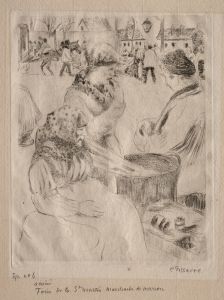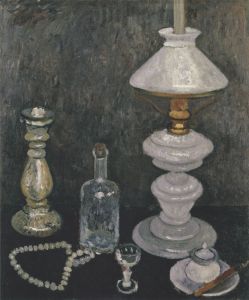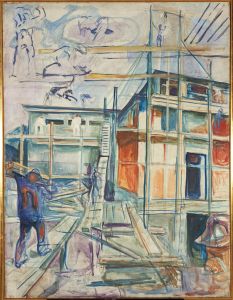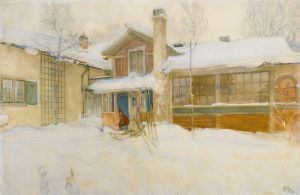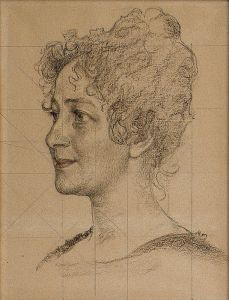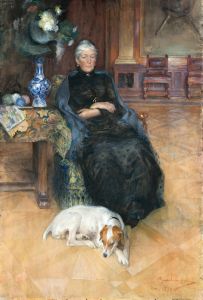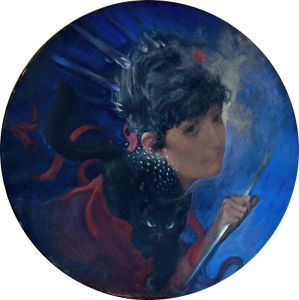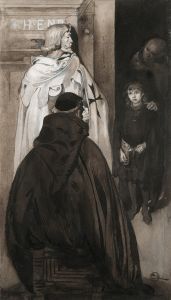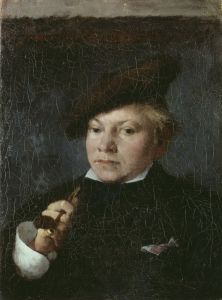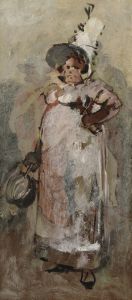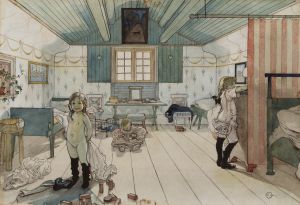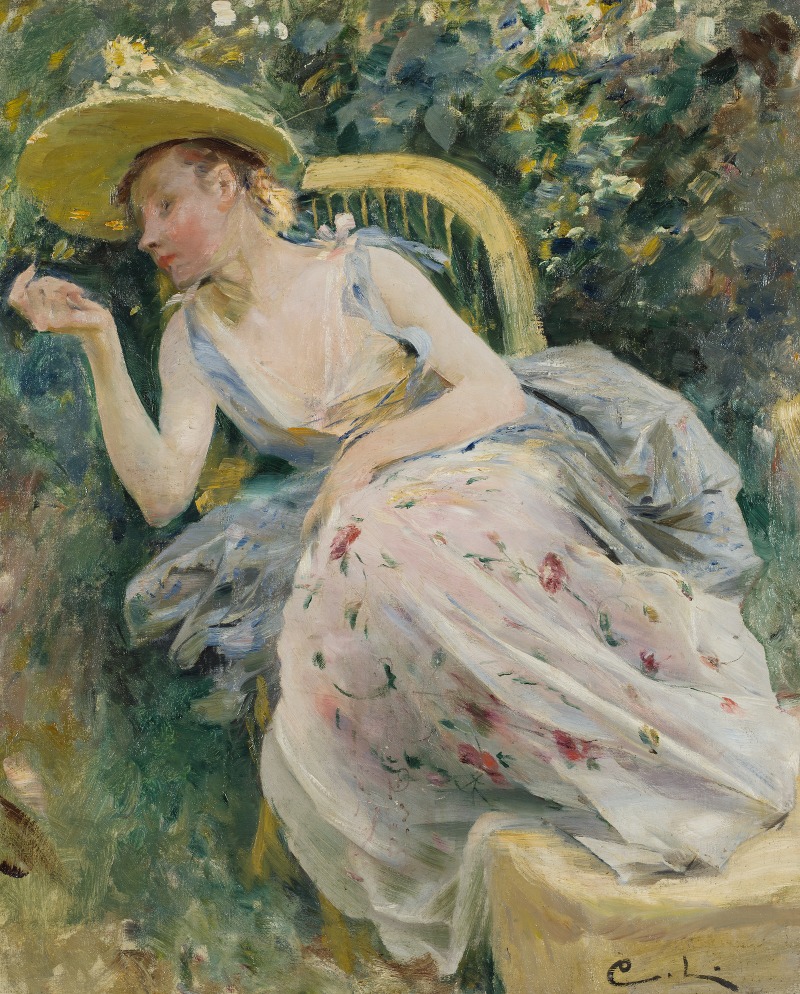
Study for Rokoko
A hand-painted replica of Carl Larsson’s masterpiece Study for Rokoko, meticulously crafted by professional artists to capture the true essence of the original. Each piece is created with museum-quality canvas and rare mineral pigments, carefully painted by experienced artists with delicate brushstrokes and rich, layered colors to perfectly recreate the texture of the original artwork. Unlike machine-printed reproductions, this hand-painted version brings the painting to life, infused with the artist’s emotions and skill in every stroke. Whether for personal collection or home decoration, it instantly elevates the artistic atmosphere of any space.
Carl Larsson, a prominent Swedish painter and illustrator, is renowned for his contributions to the Arts and Crafts movement and his depictions of domestic life in Sweden. Among his works is "Study for Rokoko," a preparatory piece that reflects his artistic style and attention to detail. This artwork serves as a study or preliminary exploration for a larger or more finished piece, showcasing Larsson's process in developing his compositions.
"Study for Rokoko" demonstrates Larsson's interest in the Rococo style, characterized by its ornate and decorative qualities, as well as its emphasis on elegance and lightness. While the exact details of the study's creation and its intended purpose are not widely documented, it is consistent with Larsson's broader body of work, which often blends historical artistic influences with his own unique vision.
Carl Larsson's art frequently draws inspiration from his surroundings, including his family life and the interiors of his home in Sundborn, Sweden. His works are celebrated for their warmth, charm, and ability to capture the essence of Swedish culture during the late 19th and early 20th centuries. Although "Study for Rokoko" may not be as widely recognized as some of his other pieces, it provides insight into his artistic process and his engagement with different artistic traditions.
As with many studies, this piece likely served as a means for Larsson to experiment with composition, color, and form before committing to a final work. It is a testament to his dedication to craftsmanship and his ability to adapt historical styles to his own artistic language.
Further details about "Study for Rokoko," such as its current location, exact date of creation, or its relationship to other works by Larsson, are not readily available in public records. However, the study remains an example of Larsson's skill and his exploration of artistic themes beyond his more famous depictions of Swedish domestic life.
For those interested in Carl Larsson's work, "Study for Rokoko" represents a lesser-known but intriguing aspect of his artistic journey, reflecting his versatility and his engagement with diverse artistic influences.






